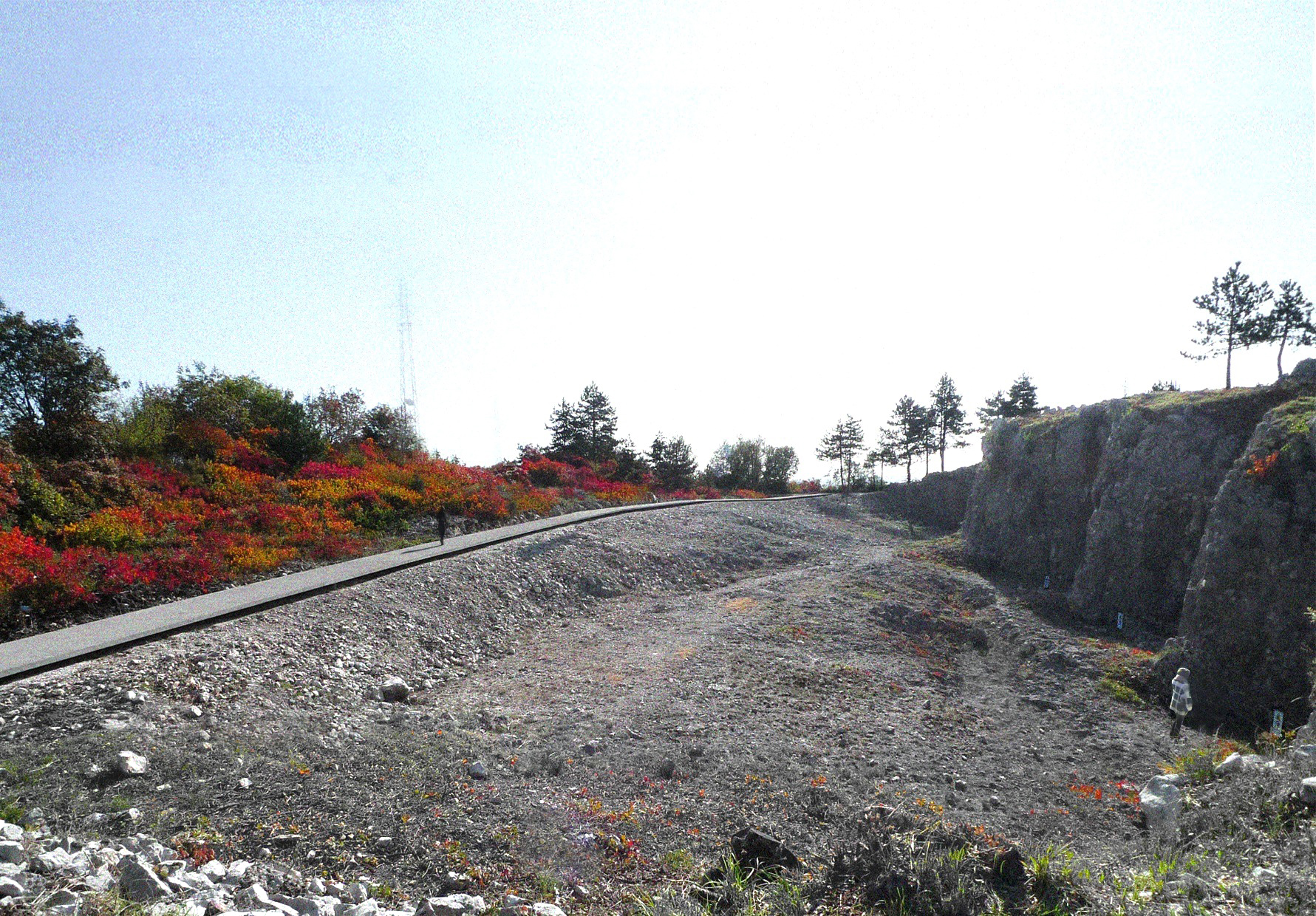
Event Details
Born to see, trained to
Learn more
Event Details
Born to see, trained to perceive – Johann Wolfgang Von Goethe
Beginning from the small scale of a punctual project like a terrace of reduced dimensions floating above a narrow ravine over an untouched forest, passing through the urban scale of an harbour plaza and, at last, approaching a territorial scale project on a mountain or on the Karst Landscape, we always move from the same fundamental principles and concepts, with the same design philosophy. We aspire to discover new points of view and how to re-find landscapes full of unexpected meanings. In first place we let ourselves be inspired by the site and wonder how to approach it, how to walk through, but also – at the end of experiencing the place- how to leave it. The second step of this creative process refers to landscape, to the hidden dimension that is possible to be discovered beyond the physical perimeter of a place. An active and sensitive observation will allow us to focus on the existing dialogue with the surrounding environment of the area, and on the inspiring interaction between the nearby elements, and the horizon. From here begins the research on the history of the site and the attempt to transmit a beautiful story or a tale through a playful dimension of design, always arousing curiosity and enhancing the desire of going deeper in perceiving the site. Hence the visitor of a small garden, of a plaza or a park will be invited to elicit questions without providing an immediate answer, and will explore the area feeling free to play with his emotions and imagination. Landscape architect is called to design, to organize and to create a space; therefore he must do it in a very respectful way, continuously asking himself: “What am I doing? Is this something that will last in time?”. All the stages of this process are essential starting points for research: we could find them in almost every project we could realized till today, but in every project _thanks to a re-interpretative operation_ they lastly give rise to a final result that is completely different from the previous one.
Paolo Bürgi since 1977 is a free-lance landscape architect in Camorino, Switzerland. He is adjunct professor of Landscape Architecture at the University of Pennsylvania and professor at the Istituto Universitario di Architettura, Venezia. He has participated in many international competitions winning several prizes, such as the Open-air museum in Gorizia’s Karst, Italy; the ‘Route de Meyrin-CERN competition’ in Switzerland or the ‘Helsinki Toolonlathi Parks competition’ in Finland. Bürgi has presented papers at conferences in Canada, USA, Argentina, Chile, Korea, China and troughout Europe, and his work has been published in a wide range of specialist literature. In 2003 Bürgi received the ‘European Landscape Award Rosa Barba’ for the Cardada project and ‘Die Besten 03-bronce Award’ for the project ‘Kreuzlingen Hafenplatz’, Switzerland.
University:
Politecnico di Milano, Scuola Architettura Urbanistica Ingegneria delle Costruzioni
Time
6 April 2017
15:00
Location
Politecnico di Milano, Aula O.1
Via Ampère, 2 - Milano
Organizer
Politecnico di Milano